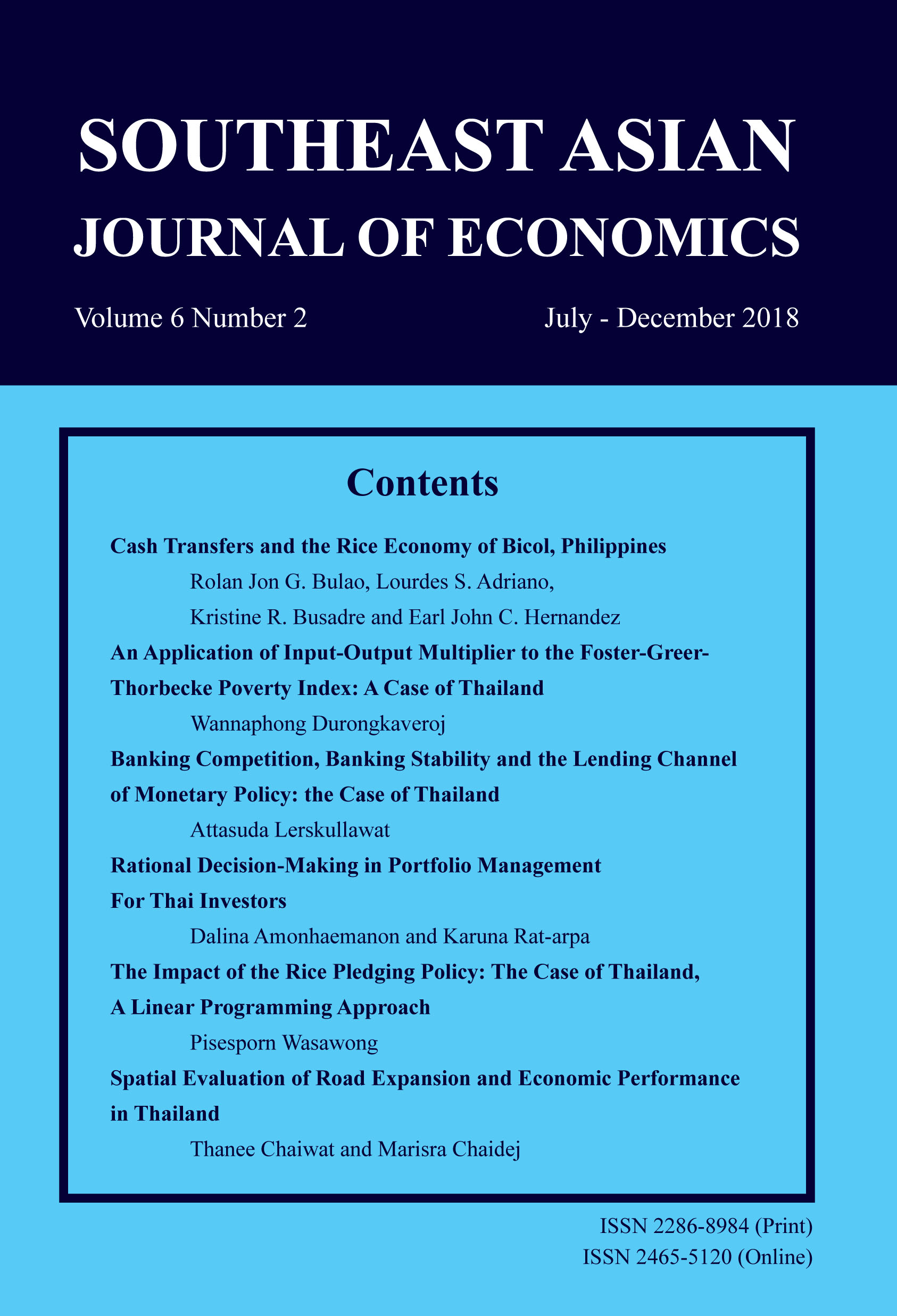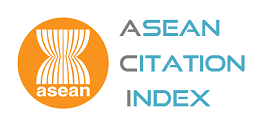Stock Market Bubbles and the Role of Monetary Policy in Thailand
Keywords:
Stock Market Bubbles, Monetary Policy, Asset PricesAbstract
Dividend discounted models with rational expectations under a perfect expectation model, CAPM, ICAPM and APT are used for the study. The results show that there are no bubbles in Thailand under Engle and Granger cointegration test and ARDL Bound test during 2002-2012. For the monetary policy effects, there are monetary policy transmissions from the policy rate on the real money supply, deposit rates and lending rates under the Granger causality test. There are monetary effects from policy rates, deposit rates and lending rates on the bond market, but there is no liquidity effect of the real money supply on the bond market. The results show significant long term effects of monetary policy on asset prices. The negative effects of monetary policy on asset prices are conformed for all three models including CAPM, ICAPM and APT. For CAPM, the explanation would be that beta is less than one, so the effect of interest rates will be negative on asset price valuation. For the magnitude of sensitivity effect, RP rates have a higher impact on asset price valuation than deposit rates and lending rates because of the direct effect of monetary policy through all monetary transmission mechanisms. The results also show that there are asymmetric monetary policy effects on asset prices with larger impacts during the expansionary policy than during the contractionary policy.
Downloads
How to Cite
Issue
Section
License
The submission of a manuscript implies that the paper is an original work and has not been published elsewhere. The author(s) authorize the journal to reproduce or distribute the paper in printed or other electronic forms.







